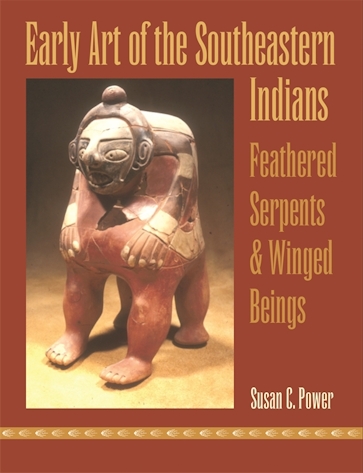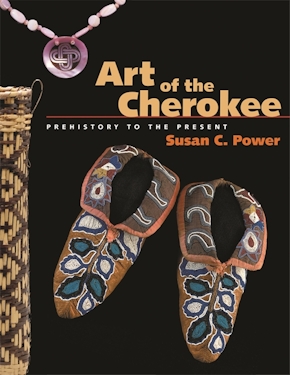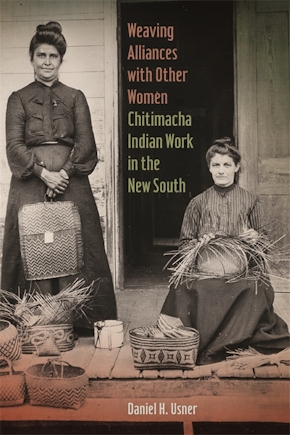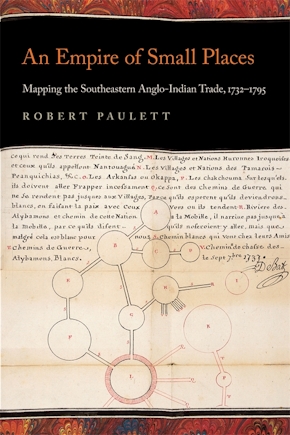Early Art of the Southeastern Indians
Feathered Serpents and Winged Beings
Title Details
Pages: 288
Illustrations: 24 color and 45 b&w photos
Trim size: 8.500in x 11.000in
Formats
Paperback
Pub Date: 09/15/2014
ISBN: 9-780-8203-4746-2
List Price: $40.95
Early Art of the Southeastern Indians
Feathered Serpents and Winged Beings
An astounding display of art from long-lost worlds
Skip to
- Description
- Reviews
Early Art of the Southeastern Indians is a visual journey through time, highlighting some of the most skillfully created art in native North America. The remarkable objects described and pictured here, many in full color, reveal the hands of master artists who developed lapidary and weaving traditions, established centers for production of shell and copper objects, and created the first ceramics in North America.
Presenting artifacts originating in the Archaic through the Mississippian periods—from thousands of years ago through A.D. 1600—Susan C. Power introduces us to an extraordinary assortment of ceremonial and functional objects, including pipes, vessels, figurines, and much more. Drawn from every corner of the Southeast—from Louisiana to the Ohio River valley, from Florida to Oklahoma—the pieces chronicle the emergence of new media and the mastery of new techniques as they offer clues to their creators’ widening awareness of their physical and spiritual worlds.
The most complex works, writes Power, were linked to male (and sometimes female) leaders. Wearing bold ensembles consisting of symbolic colors, sacred media, and richly complex designs, the leaders controlled large ceremonial centers that were noteworthy in regional art history, such as Etowah, Georgia; Spiro, Oklahoma; Cahokia, Illinois; and Moundville, Alabama. Many objects were used locally; others circulated to distant locales.
Power comments on the widening of artists’ subjects, starting with animals and insects, moving to humans, then culminating in supernatural combinations of both, and she discusses how a piece’s artistic “language” could function as a visual shorthand in local style and expression, yet embody an iconography of regional proportions. The remarkable achievements of these southeastern artists delight the senses and engage the mind while giving a brief glimpse into the rich, symbolic world of feathered serpents and winged beings.
There really is no other book available that covers the breadth of southeastern Indian art like Power's does. She is clearly well read in both anthropology and art and has produced a significant contribution to the field.
—Marvin T. Smith, coauthor of Coosa: The Rise and Fall of a Southeastern Mississippian Chiefdom
With word and image, Power guides us on a memorable journey through ancient worlds vibrant with nature forces, supernatural beings, and the daring men and women who sought to control them. Destined to become a primer on the visual legacy of the southeastern native mind. A must read.
—Jon Gibson, author of The Ancient Mounds of Poverty Point: Place of Rings
At long last we have available a synthesis of recent decades of research on the art of the native peoples of the southeastern United States. We are fortunate that it has been written by Power, an art historian who is conversant with the arcane world of southeastern archaeology. This book will be treasured by serious students and is sure to stimulate a round of debate and inquiry.
—Charles Hudson, author of Conversations with the High Priest of Coosa
Power offers a comprehensive synthesis of Southeastern Indians’ artistic achievements. . . . As an art historian, she adds fresh perspective to this archaeologically dominated literature. Moving beyond the oft-studied Southeastern Ceremonial Complex, Power successfully chronicles continuity in Southeastern Indian art over thousands of years. Boldly, and quite persuasively, she analyzes artistic intent and skill, thereby giving voice and agency to individual artists while illuminating the cultural landscape in which they worked.
—Florida Historical Quarterly
Offers a fresh view of the origins, context, language, and organization of southeastern prehistoric art. Her contribution to the archaeology of southeastern art is a must for those studying the accomplishments of prehistoric artists and their production of art and its functional and aesthetic uses. This volume is a welcomed and much needed addition to the literature from a well-respected art historian.
—David H. Dye, University of Memphis
Power offers us a rare opportunity to enter the art world of early southeastern Indians. She skillfully demonstrates how their art emerged over centuries within cultural and historical contexts. We witness artisans molding clay pots, engraving shell gorgets, incising delicate bone jewelry, embossing copper plates, and constructing awesome mounds of earth. Solid scholarship, lucid writing, and rich visuals make this landmark study the definitive text in the field.
—Lawana Trout, editor of Native American Literature: An Anthology



